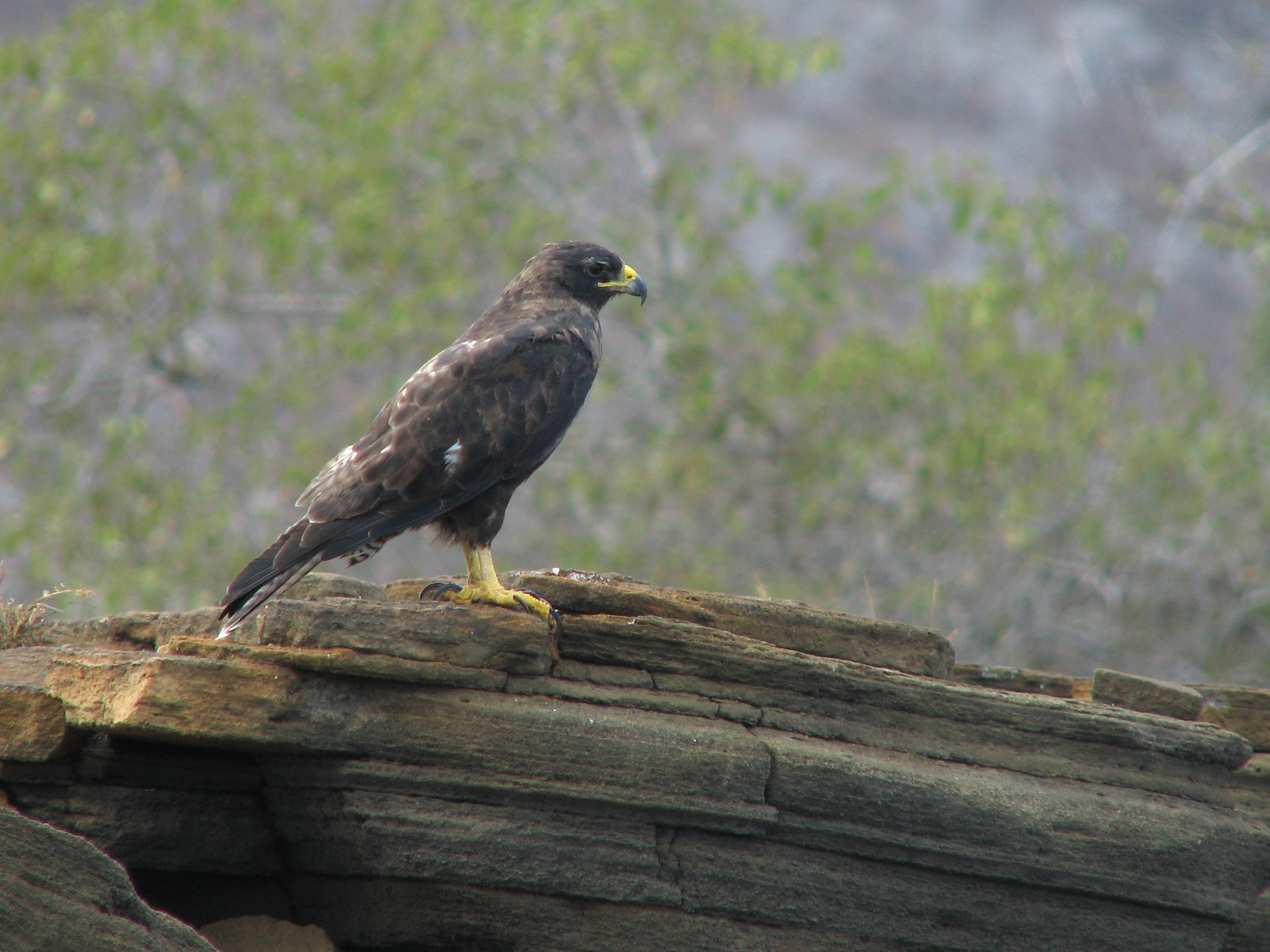
One of the best destinations for birdwatching is Galapagos Islands. It is probably the most valuable and purest place. There are up to thousands rare species of flora and fauna in here. Speaking about unique birds, there are 58 of them, 28 of which are peculiar only to this area.
Departures every day
The best time for birding in Galapagos may vary depending on your interests. That´s why it is better to custom your Galapagos birding tour with Bespoke Galapagos. We will help you find the very best and experienced for a birdwatching tour, who will be able to come up with the finest itinerary for the season you are going to Galapagos Islands. Contact us to set it up for you.

As soon as you arrive to the capital of Ecuador, you will be transferred to an airport’s hotel with all the amenities for maximum comfort.

The next day will begin in Santa Cruz at the Black Turtle Cove, where boats turn off motors leaving only nature and local wildlife around you.

At the third day you will arrive to the bird paradise on Genovesa Island, where you will see swallow-tailed and lava gulls, mockingbirds, yellow-crowned night herons, lava herons, Galapagos doves and yellow warblers.

After those marvelous species you will have an opportunity to swim and snorkel with Galapagos Penguins at Pinnacle Rock and Chinese Hat Islands.

The continuation of Galapagos birdwatching tour takes place at coastal lagoon at Rabida Island, with American Flamingos, White-cheeked Pintails, Galapagos Mockingbird and Dove and Common Cactus-Finch.

At the following day on Santa Cruz besides breathtaking scenery you will see some endemic species such as: Large Tree-Finch, Woodpecker Finch, Vegetarian Finch and Green Warble-Finch.

The seventh day will bring you to South Plaza and Santa Fe for observation of cliffs with breeding seabirds. You will see the rituals of Swallow-Tailed Gulls and Red-Billed Tropicbirds.

The day before your departure you will go to Espanola Island, which houses two breeding sites of Waved Albatross. The number of these birds reaches 30000 which is almost the entire world population.

